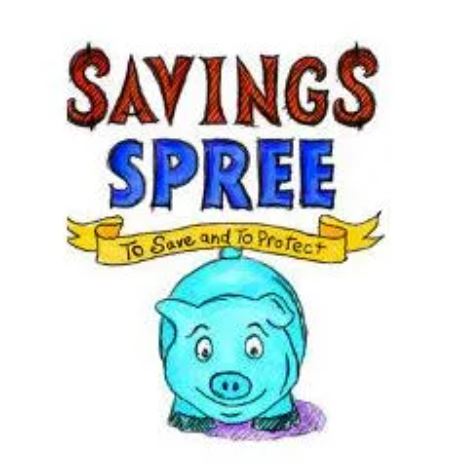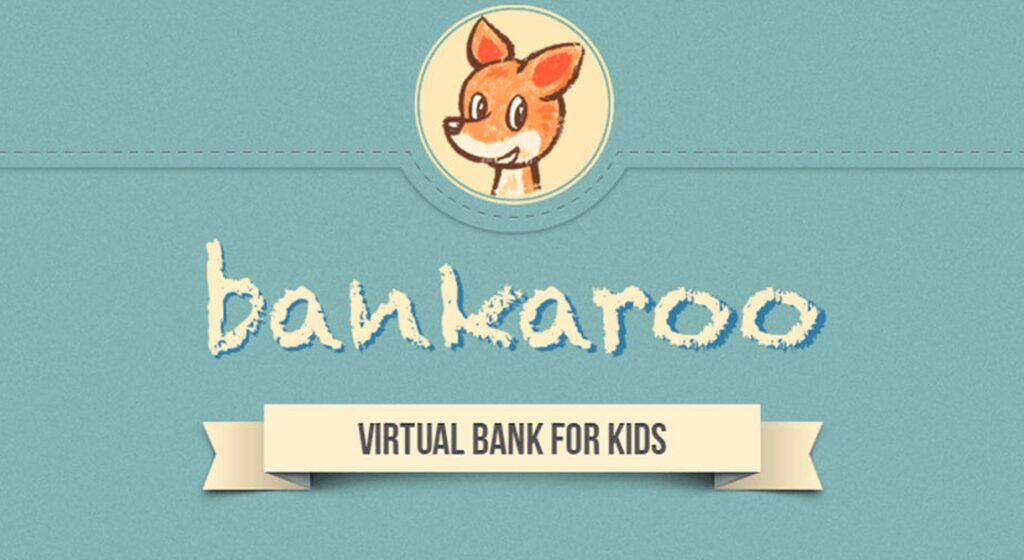You’re a parent. And you have a teen that’s soon about to become an adult. If you’re living in the 2022s, you’re probably worried. Why? For one, with all of the social media and peer pressure, being a teen has never been more complicated. Also, your child probably knows nothing about living independently and handling money. Research from PISA has shown that approximately 1 in 5 American teens lacks a basic foundation to build on for financial literacy. That means that they don’t even have the background to learn how to handle themselves financially in the future. In this guide, we’ll show you some useful tools to teach teens about money.
Related Articles in this blog:
- 10 Tips for Household Money Management
- Explain Money to Children, 11 Reasons Why it is Useful
- How Young is Too Young to Understand Money?
- Money Lessons for Kids? Values, Saving, Spending and Giving
- 10 Mistakes Parents Make in Teaching Kids about Money
- How Much Should Be a Kids Pocket Money per Week
- How to Teach Kids About Money at Every Age?
- 7 Ways of Teaching Money Concept to Children
- 10 Best Ways to Teach Kids About Money
- 8 Ways Daily Money Management Activities to Teach Financial Literacy to Kids
Table of Contents
Money Management for Teens
The first step is to teach your teens about basic money management skills, such as budgeting and credit cards. You can do this by teaching them how to create a budget that fits their needs and lifestyle.
Another important aspect of teaching teens about finances is how to use credit responsibly. This can include discussing the pros and cons of different credit cards and teaching them how to avoid common pitfalls, like accruing high-interest rates, facing penalties for missed payments, or overspending.
Budgeting for Teens
One effective way to help your teen learn about budgeting is by setting up a budget together. This will let them see what goes into making a budget and how to stick to one. You can also help them by teaching them about tracking their spending and saving money.
There are many ways to save money, but one method is to have your teen open a savings account. That will allow them to start building their credit history and learn how to save for future goals. Here’s how to do it:
- Talk to your teen about their spending habits and what they would like to save for. This could be a long-term goal, like buying a car, or a short-term goal, like going on a trip.
- Help them find a savings account with reasonable interest rates and no monthly fees.
- Once they’ve opened the account, have them set up automatic transfers from their checking account to their savings account. That will help them save without having to think about it.
- Finally, teach them how to track their progress to see how much they’re saving over time.
Another way to teach teens how to budget is to differentiate between what they want and what they need. That will help them avoid overspending and reach their financial goals faster.

Credit Cards for Teens
As your teen grows older, teaching them about credit cards can be a great way to help them start building good credit. One important thing to teach them is how credit cards work and the different types of available credit cards.
Some common types of credit cards for teens to help teach about money:
● Apple Card
If your child is an iPhone user, you should consider getting them an Apple Card. It offers cash back on purchases, doesn’t have any fees, and has a low-interest rate. Furthermore, the card is built into their iPhone, so they won’t have a chance of losing it unless they lose their phone.
The card design is pretty intuitive, so your teenager won’t have too much trouble getting accustomed to it. They can talk to a customer service agent via iMessage if they have any questions. And if you want to see how much your child is spending, you can also request weekly or monthly reports.
● Journey Student Rewards from Capital One
Another option for a credit card is the Journey Student Rewards from Capital One. This card offers a higher cashback rate than the Apple Card (1.25% compared to 1%), and it has no annual fee. It was made for students, so you should definitely consider it if your child is nearing college.
Since your child probably doesn’t have a credit history, they can use their Journey card to start building their credit. They can use it anywhere they shop, and they’ll even have access to a higher credit limit after just five months of responsible usage.
The best thing about the Journey card is the security. The $0 fraud liability covers every user. If their card gets stolen, they won’t be on the hook for any fraudulent charges. Plus, they’ll have access to 24/7 fraud monitoring and real-time alerts.
● Discover it Secured Credit Card
The Discover it Secured Credit Card is an excellent option for teens with a bad or no credit score. The card allows you to put down a cash deposit and then use that as your credit limit. That way, you can start building your credit without worrying about overspending.
Furthermore, the card offers 2% cash back at gas stations and restaurants and 1% cashback on all other purchases. There’s also no annual fee, so you won’t have to worry about that either.
No matter what card you opt for, it’s essential to keep tabs on your child’s spending. After all, they’re still young, and kids are known to get carried away with the money. You need to explain how credit works and consider having a contract with them.
In the contract, you can set rules such as “No more than $X amount can be spent per day/week/month.” They’ll have to spend within their means and won’t rack up a ton of debt.
Mobile Apps can help in Teach Teens about Money
A few great apps can help teach your teen to manage their money. Let’s take a look at some of the most popular options:
● FamZoo
If you’re teaching your child about budgeting and saving money, you should consider using FamZoo. This app allows you to manage multiple kids’ expenses and savings accounts from one central dashboard. FamZoo lets you set goals for your child to meet, and you can also give them rewards or extra money for reaching those goals.
Another great feature of the FamZoo app is its allowance features. You can create a custom allowance and track exactly how much your child spends each week. You can set different allowances for different activities (such as chores).

● Savings Spree
Savings Spree helps kids learn how to budget and save money by letting them track their spending. They can also set goals and see how much they need to keep each week or month to reach those goals.
Plus, the app offers a few great features for parents. For example, you can use it to create a budget and send payment reminders to your child. The app also offers some great tips for teaching kids how to save money.

● Bankaroo
Last but not least, there’s Bankaroo. This handy app helps teens manage their banking accounts and set goals for spending. It even has a cool feature that lets them split their expenses into different categories, such as “eating out,” “clothes,” and “entertainment.”
No matter which app you choose to teach your teen about money management, stay involved. Your child needs your support and guidance, so continue talking to them about spending and saving money and teaching them the importance of financial responsibility.

Closing Thoughts
Whether you teach teens about money, such as budgeting and saving or teaching them how to use credit responsibly, it’s essential to have regular conversations about money. Set rules and guidelines, offer advice and support, and be there to answer any questions they may have.
Most importantly, don’t forget to lead by example! If you want your child to be financially responsible, you need to be too. Show them that it’s possible to lead a balanced, healthy life while still managing your expenses and saving for the future.
About Me
Hi, there. I am Lin. Together with my husband and two kids, we live in the beautiful Netherlands in Europe. I am dedicated to self-development, creating quality time for the whole family, and fully supporting kids with their potentials with all I have learned from engineering, MBA, and 10+ years of working experience in the energy sector.



2 Comments
Comments are closed.